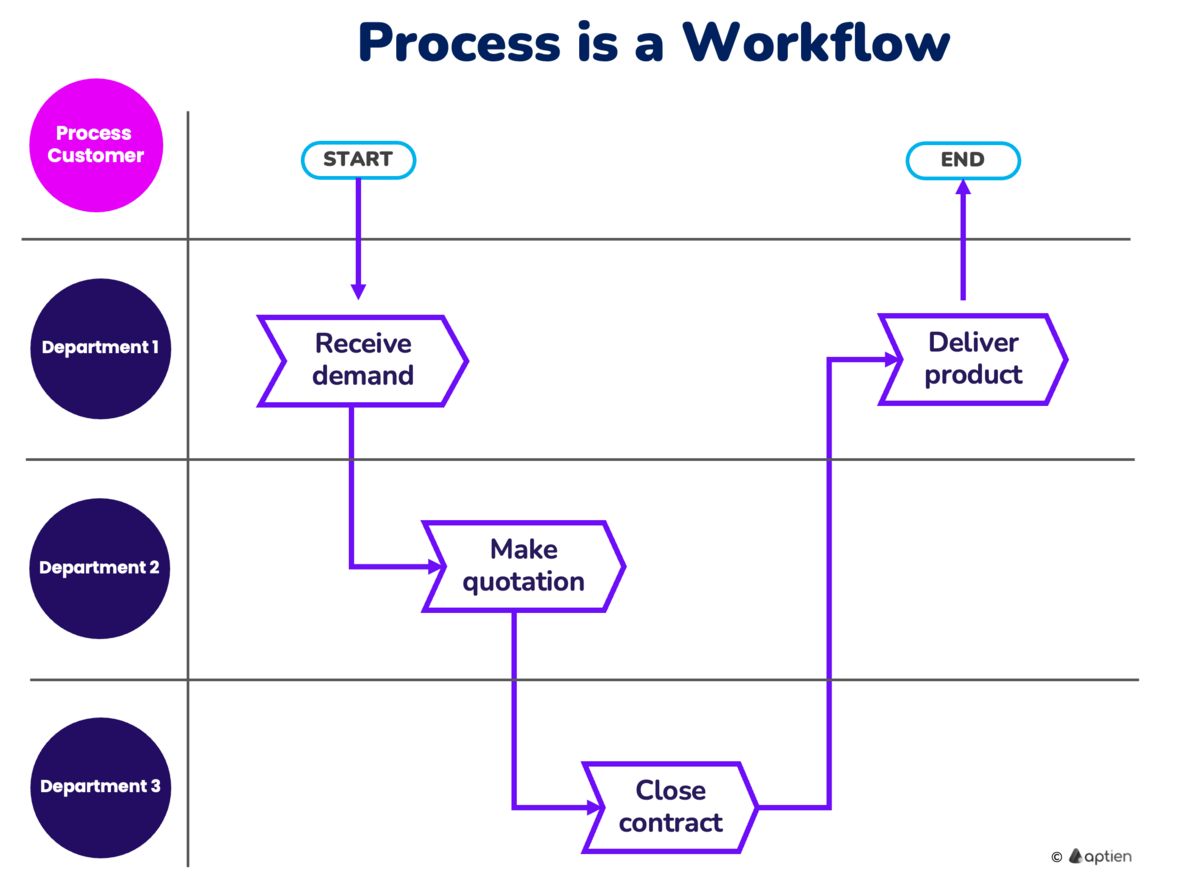Understanding Business Processes and Their Importance for Small Businesses
A business is composed of processes. It is essentially a network of connected processes where people, technology, and information collaborate to generate value. Processes are not "extra" elements – they are fundamental to how an organization operates. They are the method by which tasks are accomplished in a business. Every action, from conceptualizing an idea to delivering a finished product or service, occurs within a process. A process is a sequence of activities with a start, a progression, and a result. Processes are the glue that holds a company together and propels it forward. Understanding, managing, and engaging with them means having control over business operations.
- Without processes, nothing happens – every decision, every invoice, every request fulfilled is part of a process.
- Processes "keep everything moving" – employees are involved in processes, with defined roles and responsibilities.
- Processes deliver results – the end products of processes are the goods and services offered to customers.
- Processes connect people and technology – they facilitate collaboration across teams, departments, and systems.
Why Should Companies Understand Their Processes?
- Management and improvement: what a company doesn't understand, it can't manage or improve.
- Clarity and responsibility: knowing processes clarifies who does what and when.
- Stability and quality: processes ensure that tasks are done correctly and consistently.
- Growth and efficiency: companies that understand their processes can easily identify bottlenecks, automate, and expand without disorder.
What Defines a Process?
A process is an agreed-upon method for performing specific tasks in a business. It helps everyone understand their responsibilities and ensures nothing is overlooked. A process is a sequence of related activities, steps that follow one another to produce an output.
- Every process results in an output: either a service or a product.
- Processes are made up of individual steps and activities.
- Every process uses resources and therefore incurs costs.
- A clear process standardizes how work is performed.
1. The process converts inputs into outputs
- every process results in an output that provides value to its customer
- the output of a process can be a product: either a tangible item or a service
2. The process is a workflow
- every step of the process is carried out by someone; everyone in the company is involved in different processes
- by using processes, you define job responsibilities
3. The process uses resources
- every process requires resources, such as money, labor, or materials, and needs infrastructure and energy, as well as information and data
- in other words, every process incurs some expenses, or rather generates expenses
4. The process ensures consistency
- processes assist employees in performing tasks in a consistent manner
- by using processes, you outline work procedures
Businesses Operate Based on Processes
- Businesses are essentially organized collections of various processes, activities, and tasks.
- These processes include different activities and tasks, which are performed by specific people, teams, and departments within the business.
- It is important for every employee to understand their role in these processes.
- Processes serve as connections, linking different parts of the business and often crossing over departments.
- The complete overview of all processes in a business is called the business process map.
- Businesses document individual processes through job descriptions, policies and procedures
- Having well-defined processes is essential for the effective functioning of any business.
Why is it Important to Document Business Processes?
Documenting business processes is crucial for the efficient operation of every company and organization. Companies define and analyze these processes for several reasons:
- Documenting business processes is a fundamental part of work procedures. Employees need to know their tasks.
- To automate processes, workflows must be clearly documented.
- Business processes and tasks are integral to an employee's job description.
- Documentation allows for process optimization and improvement.
- Processes are a vital component of policies and procedures.
- Processes can be sources of risks.
How to Easily Describe Processes
Keep your processes simple to avoid red tape. Use concise steps or checklists – outline who does what, when, and how. It doesn't have to be complicated, just a straightforward overview that everyone can follow.
- Document your processes effectively with guidelines and work instructions
- Describing processes helps standardize operations across your business
- You can outline a process using text or visually with a process map
- Avoid unnecessary process diagrams that are confusing
- Clearly identify responsible individuals.
- Check out the template for process description in Aptien

